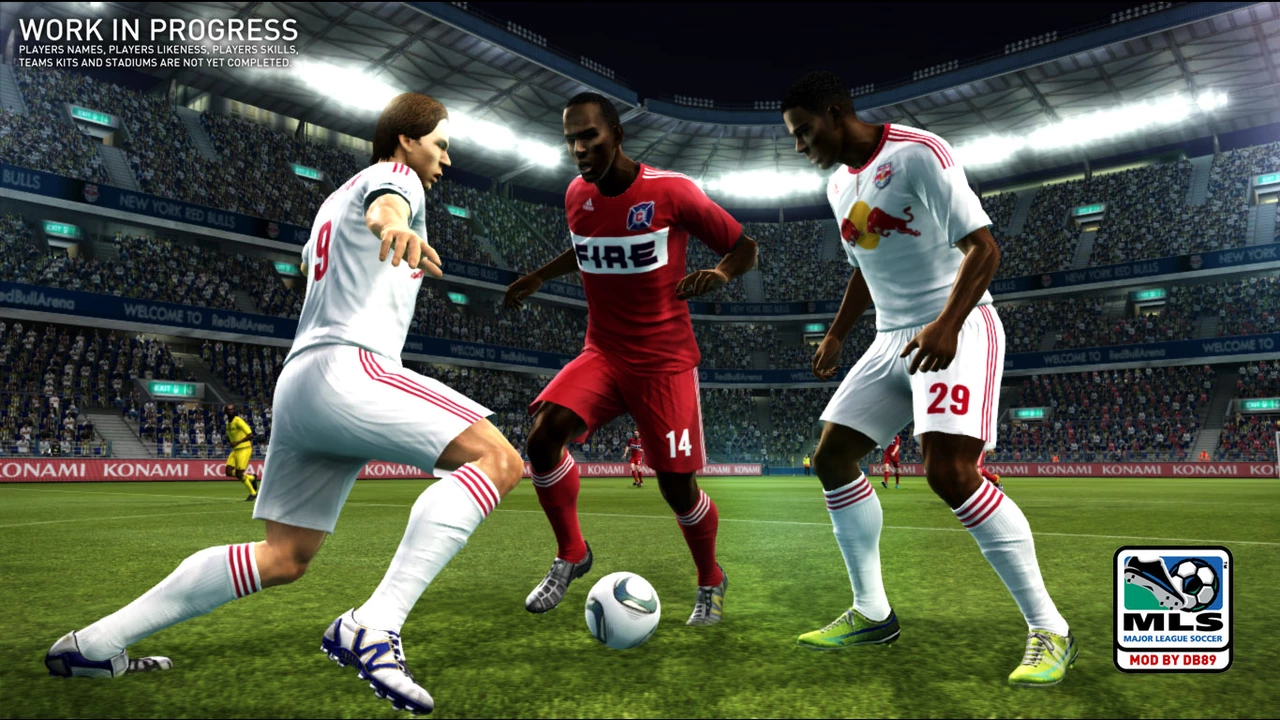MLS – Major League Soccer Overview
When working with MLS, the top professional soccer league in the United States and Canada. Also known as Major League Soccer, it serves as the centerpiece of US soccer and Canadian soccer. The league currently hosts 29 clubs spread across both countries, each fielding a roster of domestic and international players. MLS encompasses a unique blend of franchise model, salary cap rules, and designated player slots, which together shape how clubs build squads. The league’s expansion strategy—adding new franchises every few years—directly influences market reach, fan engagement, and broadcast value. In practice, MLS requires strong youth academies, savvy front‑office management, and a focus on community ties, all of which create a competitive environment that mirrors larger European leagues while retaining its own identity.
How MLS Connects to Wider Competitions and Management
Beyond the domestic schedule, MLS clubs compete in the CONCACAF Champions League, testing themselves against the best teams from Mexico, Central America, and the Caribbean. This cross‑border tournament highlights how MLS standards affect regional rankings and offers players a stage to showcase talent on an international level. The league also interacts closely with the U.S. Soccer Federation, sharing resources for national team development and aligning calendar windows for World Cup qualifiers. From a management perspective, coaches rely on data analytics, sports science, and scouting networks to gain an edge—tools that are increasingly standard across all clubs. The rise of soccer‑specific stadiums has improved match‑day revenue, while digital fan platforms boost engagement, illustrating how business and on‑field performance are intertwined in MLS.
All of these pieces—expansion, competition, player development, and modern management—form the backbone of what you’ll see in the articles below. Whether you’re curious about the latest club news, looking for tactical insights, or trying to understand MLS’s place in the global soccer landscape, the collection below offers a well‑rounded view of the league’s many facets. Dive in and explore the depth of content we’ve gathered for fans, coaches, and anyone interested in the growth of Major League Soccer.

